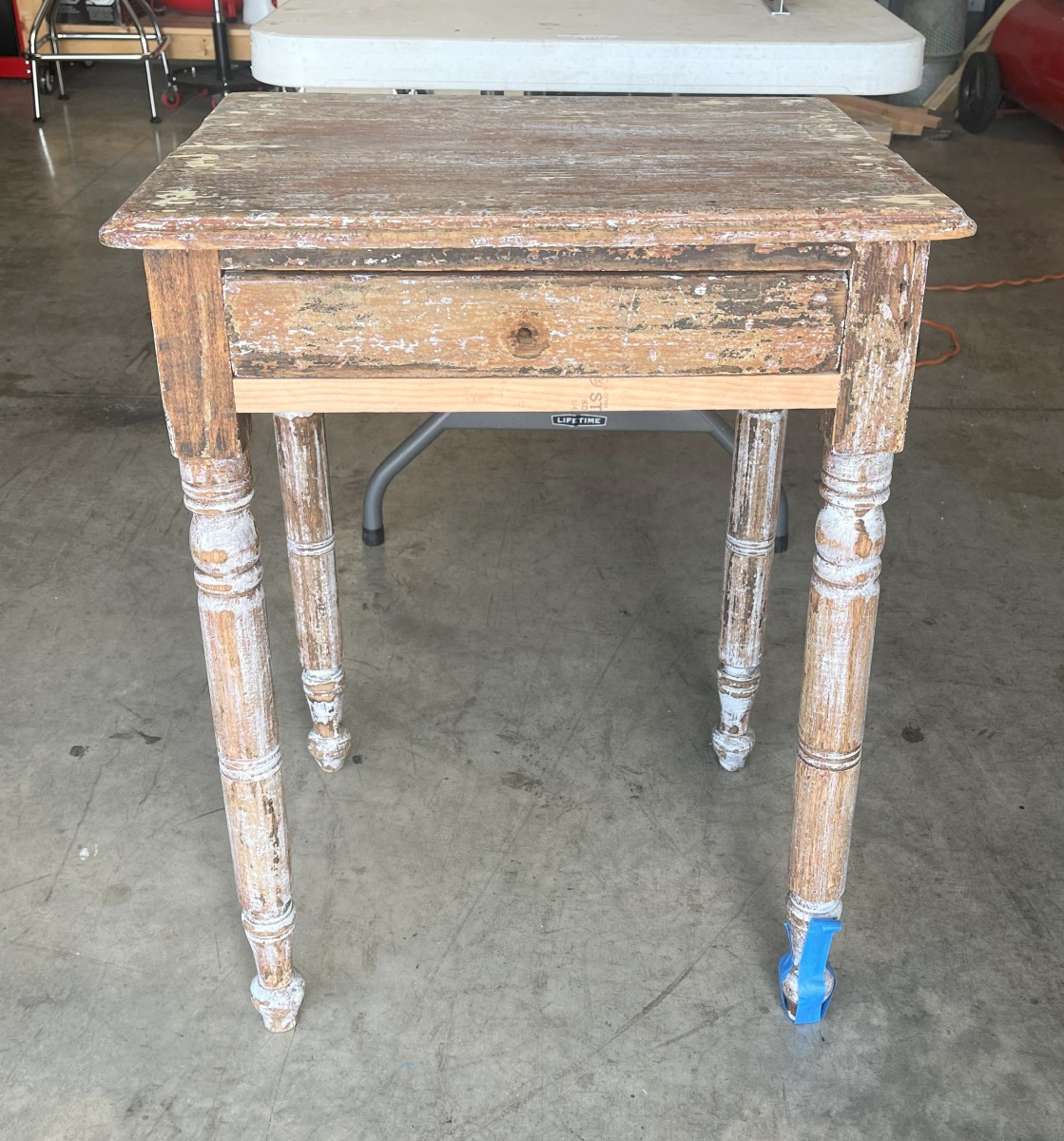How to design and host your own website - a quick and easy guide

Creating a website can be a simple project, if you're familiar with the process and know your options. Putting together a more powerful website that does all the things you want it to do can still be simple, but will require a little more time and experience. Here's a quick guide to building your own site and getting it live on the internet, with additional support if you get stuck.
- Go to 110mb.com and create a free account.
- Upgrade your free account with a one-time $9 fee to enable unlimited MySQL access. MySQL is a database used for storing data that many websites use, for storing blog posts and user accounts, for example. You may or may not also want to enable e-mail capability for your new website for a one-time fee of $7.
- When those are enabled, usually within 24 hours, log into your account and create a new directory to house your new website.
- Create a MySQL database for your website to use, through the 110MB Panel's menu options. Create an initial user to go along with that database, and assign permissions between them (It will be all right there on the MySQL page in your account.)
- Go to Drupal.org and download Drupal 5 (not Drupal 6!). Extract the file, recompress it as a .zip file, and upload it to your new website directory at your new 110mb account.
- Click on the red box icon next to the file in your 110mb account, to extract the files. You should see all kinds of new files and directories appear. When that happens, delete the original .zip file.
- Right-click on the file: install.php and open it in a new tab or window.
- Drupal will then guide you through the process of creating your website as you would like it. You may want to install additional modules to allow your site to do the things you would like it to do. You can get them from Drupal.org, by clicking on Modules on the right. You download, extract, and re-zip the contents the same way you did with the Drupal 5 file, and upload them to your 110mb account in the directory: modules From there, you can enable the modules through Drupal's Administration -> Modules menu.
- Use the menus within Drupal to arrange everything as you would like it to look, and add the content you want your site to have. You can always add new modules if you want your site to do new things, and there are easy ways to tell Drupal to make your site look much, much different if you want it to as well.
- Contact me here if you would like some assistance with this, or if you would like me to take care of it all for you. I design websites on a freelance basis.
- Have fun!








